TyG estimates insulin resistance from fasting triglycerides and glucose, giving early insight into metabolic health.
Securely stored in EU
Cancel anytime
Test 100+ biomarkers
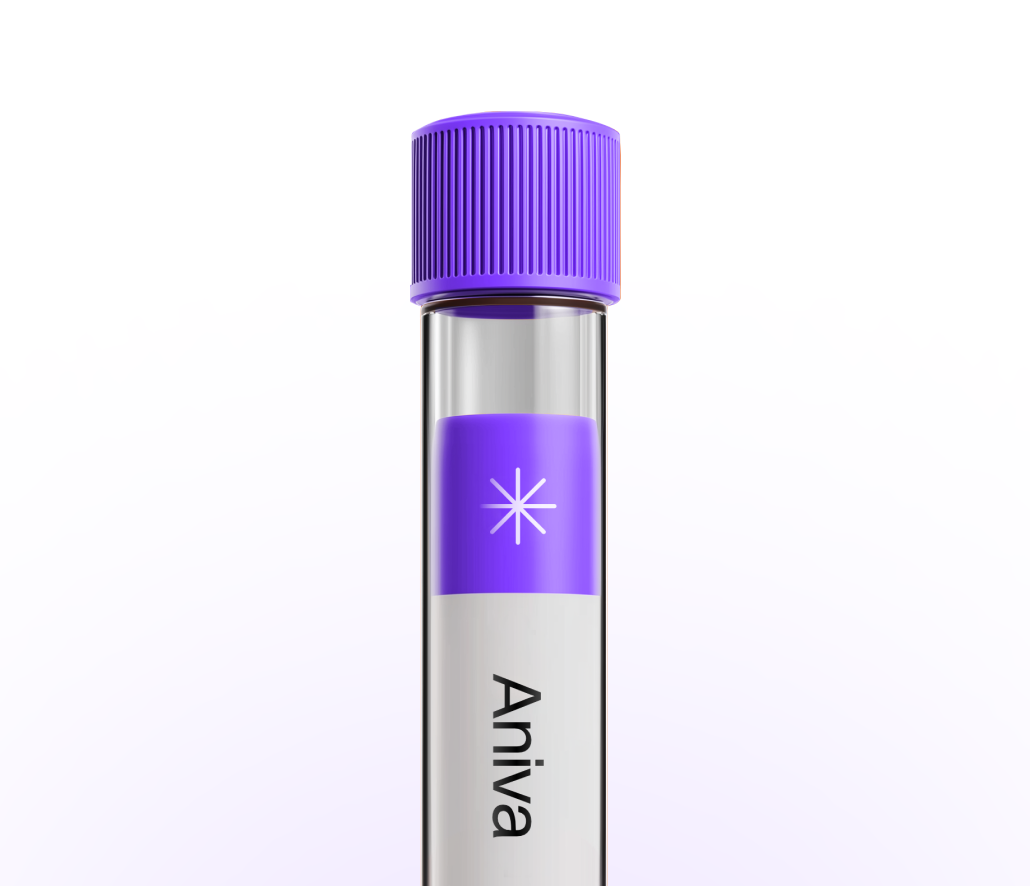
Less than 5 minutes waiting time. One
simple test at one of our 20+ locations.
Get your lab reports within one week.
Accessible on our app and per PDF.
All your health records stored
in a single, convenient place.

Clinicians may use TyG to flag possible insulin resistance, especially when standard tests are borderline. It can inform prevention plans for blood sugar, weight, and heart health risk. TyG is best used alongside guideline tests rather than on its own. You can test this marker with Aniva across Germany and Finland.
Clinicians may use TyG to flag possible insulin resistance, especially when standard tests are borderline. It can inform prevention plans for blood sugar, weight, and heart health risk. TyG is best used alongside guideline tests rather than on its own. You can test this marker with Aniva across Germany and Finland.
High: May suggest higher likelihood of insulin resistance and cardiometabolic risk. Consider lifestyle steps, and discuss follow-up tests with your clinician.
Low: May reflect better insulin sensitivity. Keep healthy habits and monitor over time. TyG is not guideline-endorsed; use it with established tests.
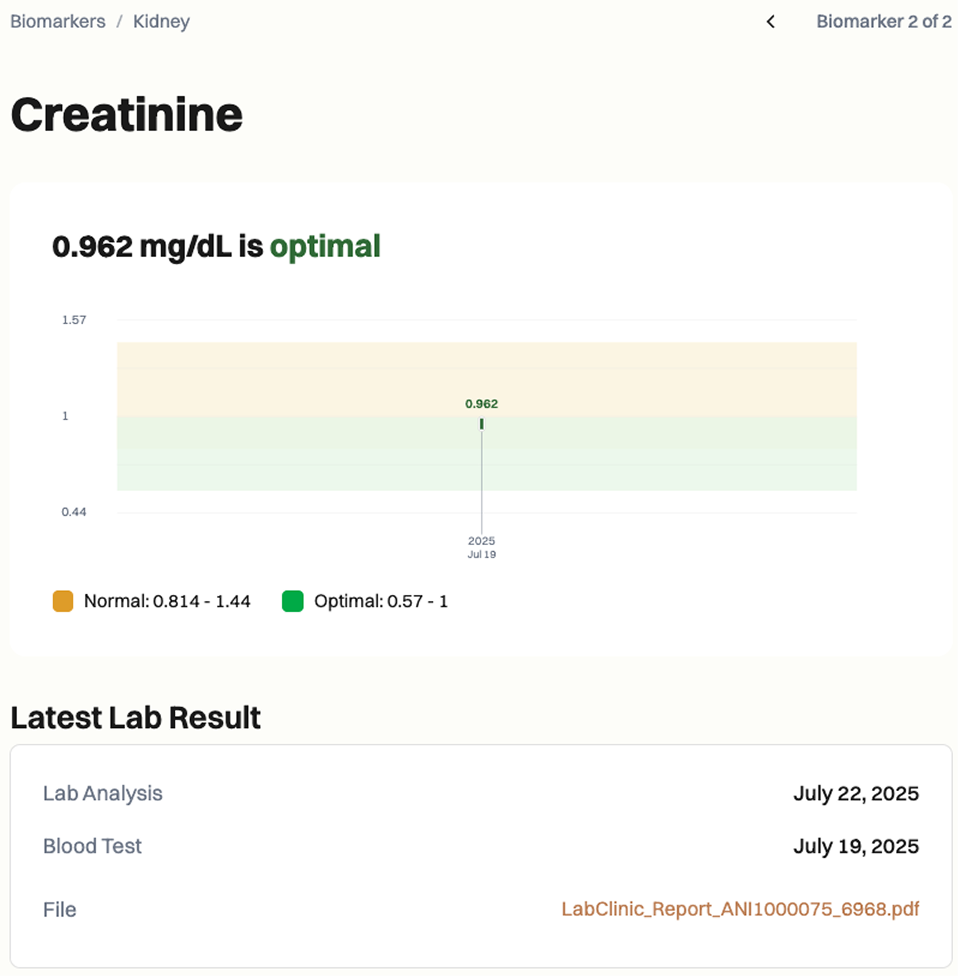
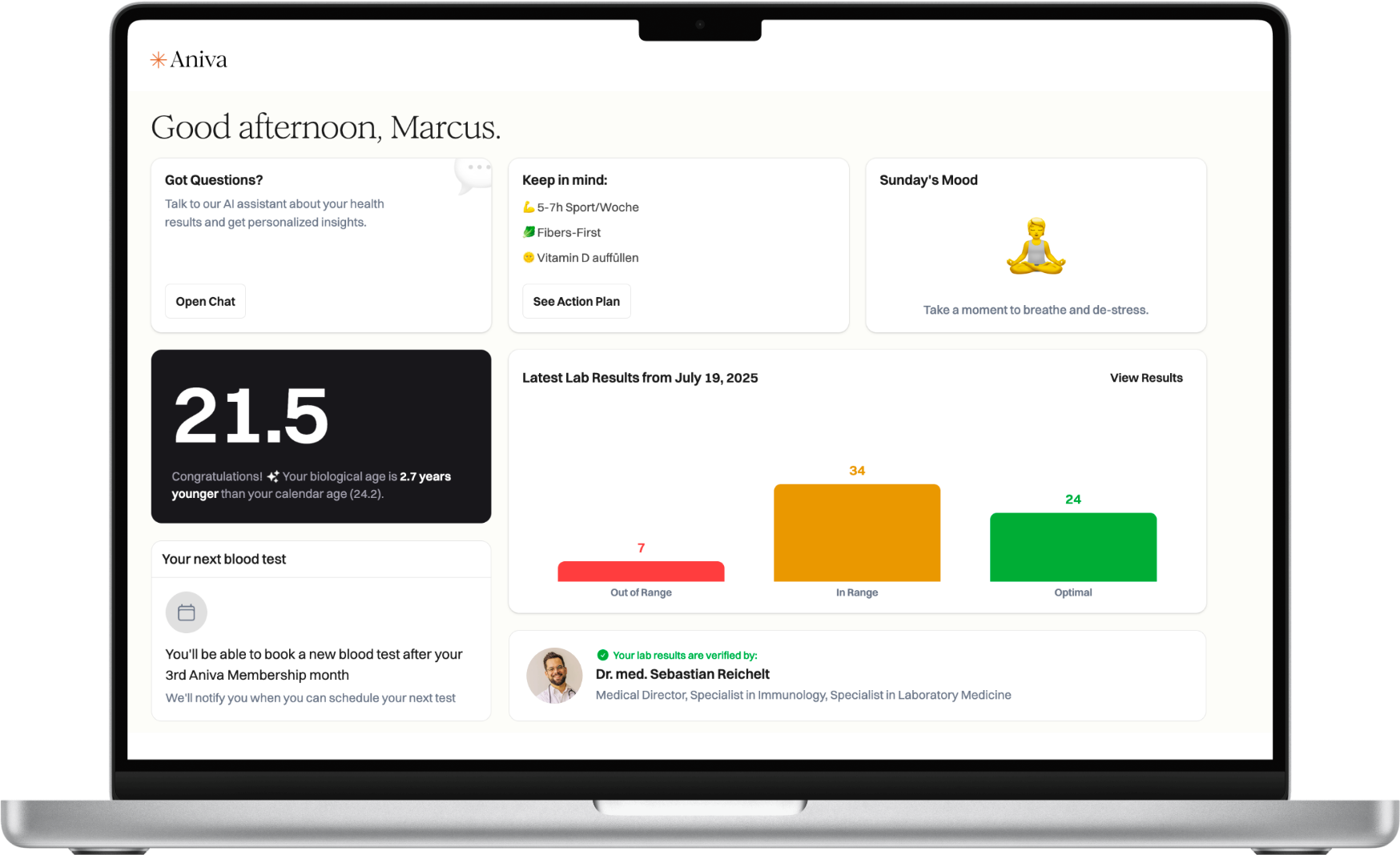
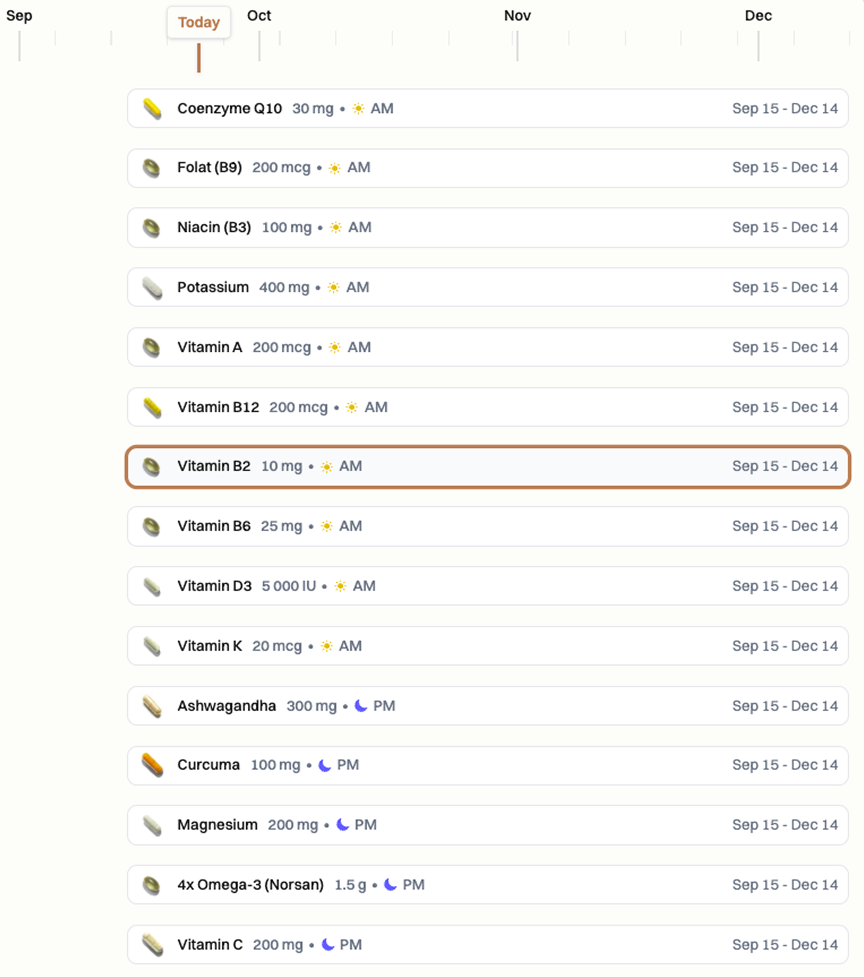
Common factors that can skew TyG include eating or drinking calories before the test, recent alcohol use, intense exercise, dehydration, and acute illness. Some medicines (like steroids, beta-blockers, niacin), and supplements (high-dose fish oil) can change glucose or triglycerides. Pregnancy and major weight changes can also shift results.
Special situations: If results seem off or if you are ill, pregnant, or recently changed medications or diet, confirm with repeat fasting tests or established measures (such as fasting plasma glucose or HbA1c) before making decisions.
What does a high TyG mean? It may point to higher insulin resistance and cardiometabolic risk. Your clinician may suggest lifestyle steps and confirmatory tests.
What can affect my TyG result? Eating before the test, alcohol, hard workouts, dehydration, illness, and some medicines can shift glucose or triglycerides.
Do I need to fast? Yes. TyG uses fasting glucose and triglycerides, so an 8–12 hour fast is important for a reliable result.
How often should I test? Many people repeat every 3–12 months when monitoring risk or changes. Follow your clinician’s advice based on your goals.
How long do results take? Most labs report within 1–3 business days.
What should I discuss with my clinician? Review trends, medications, diet, activity, weight changes, and whether to check HbA1c, fasting glucose, or an oral glucose tolerance test.

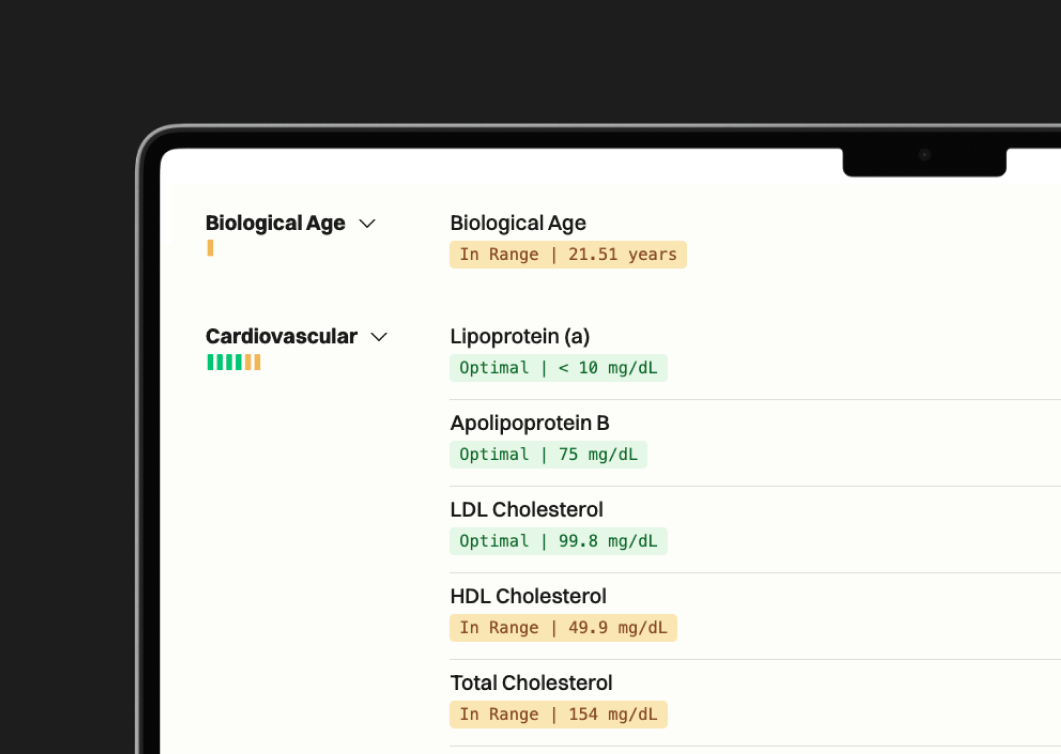

One annual blood test (100+ biomarkers)
Clinician-reviewed insights
Personalized action plan
Access to our AI Concierge
Access to curated products


63%
44%
70%